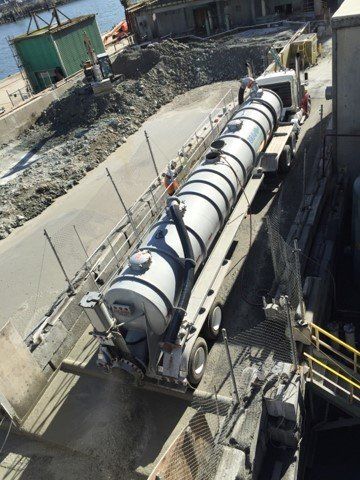Seattle Sea Wall
As America’s aging infrastructure is usually cured with quick, temporary fixes, some need the real fix, which describes Seattle’s Sea Wall project. As it protects Downtown Seattle, along Alaskan Way, there was no quick fix, as this was needed for the last 100 years.
Scope of Work: Provide infrastructure supports services and transportation of grouting for disposal.
Services: Transport, Utility Locating, CCTV Inspections, Pot Holing, Geo-Locating, Leak-Detection, and Utility Settlement Points Installations.
Customers: Martenson/Manson Joint Venture, Hayward Baker Geotechnical Services, Mid-Mountain Contractors and Soil Freeze.
Challenges: Confined project area, poor soil conditions, and disposal.
Services provided by Bravo:
- Pre and post construction CCTV of storm and sewer systems
- Waterline leak detection
- Utility settlement point (USP) installation
- Utility potholing
- Transportation and disposal of over 300,000 CY of jet grout spoils
Project upgrades:
- $350M project replaces 100 year old timber seawall
- 5,000 jet grout columns 4-6' diameter
- Improved marine habitat
- Seismic upgrades
The scope of work was normal, except for the jet grout spoiling hauling was the bulk of the work and the challenge presented. During the work in the first “season” of hauling spoils with vac trucks, it was apparent that the project was going to more than quadruple estimated disposal costs. This was due to the fact that all spoils needed to be hauled off site (typically spoils are solidified on site). Due to the extreme confined project area and the proximity to the Puget Sound (less than 75’ away), all spoils had to be hauled off site.
Management met with the Prime Contractor, Hayward Baker, to help find a solution in cutting the disposal cost. The solution was to design a specialty tank trailer capable of hauling three times the amount of spoils as a vac truck, with the same hourly cost to the customer. Management was able to secure a manufacturer that resulted in building ten one of a kind vacuum sludge trailers. Upon delivery, trailers operated twenty-four hours a day, seven days a week, for more than eighteen months.
The other challenge was to locate a disposal facility for the trailers that could handle the extensive amount of material coming in around the clock. Management was able to secure a local disposal facility to design and build an offload site at their facility that could solidify the material.
Because of the challenges Bravo was able to overcome for our customer, we were awarded over eighty five percent of the spoil hauling for the project. The only reason it wasn’t one hundred percent was due to the city’s requirement to use DBE contractors.
Quick & Reliable
We are available 24/7 via fax, email or telephone for emergencies
Location
6437 South 144th St
Tukwila, WA 98168
info@bravoenvironmental.com
Call
425-424-9000

Vacuum truck services, utility locating services, and much more...servicing Western Washington.
Navigation
Working hours
- Mon - Fri
- -
- Sat - Sun
- Appointment Only
All Rights Reserved | Bravo Environmental
